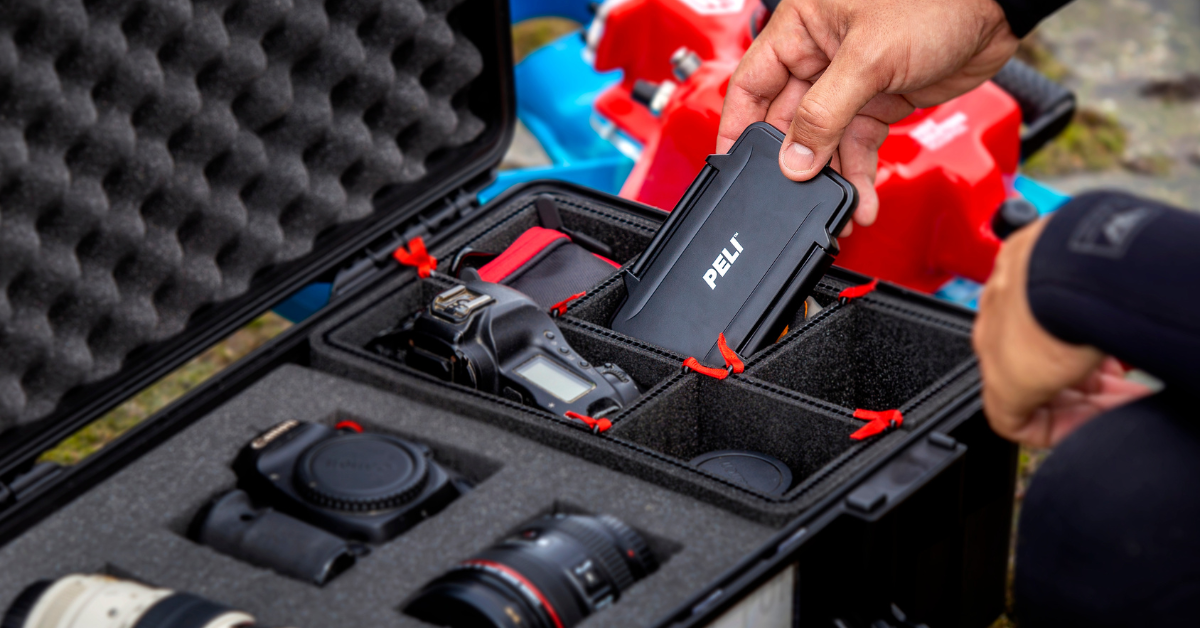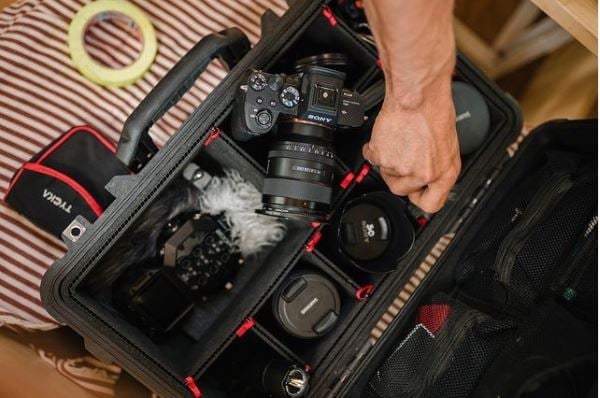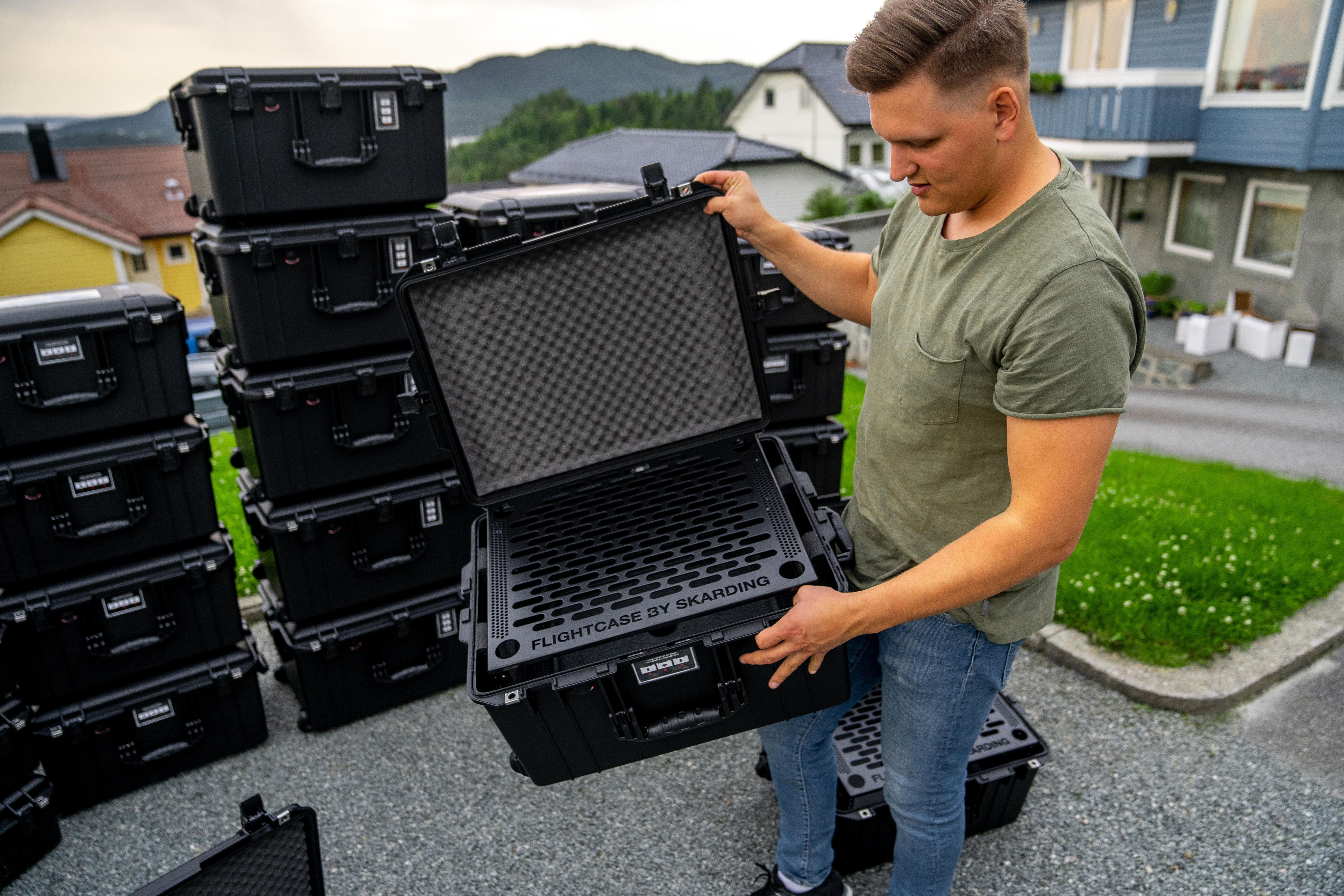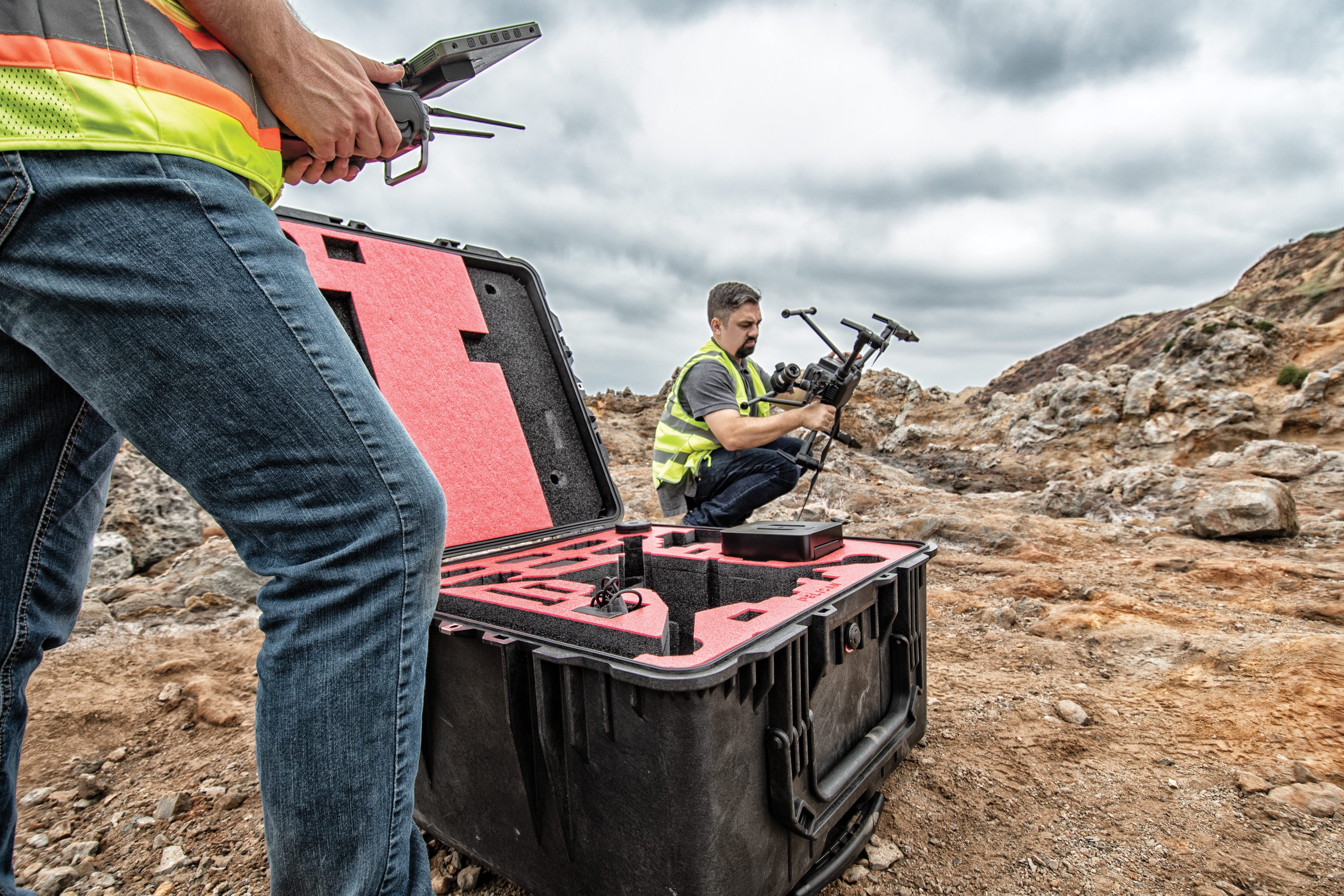The days where families and friends gathered around a television set to watch programming at specific times via major broadcasters are largely gone. The death of “linear TV” has been in the cards for some time and this is especially true of TV news broadcasting.
Unless we are talking about breaking news, by the time you get to your TV to turn it on, you’ve already seen the “news” on your favourite social media networks like Facebook, Twitter, LinkedIn or YouTube. You probably did this upon waking up, first thing in the morning. If not, you’ve seen it throughout the day, on your commute to work, during your lunch break, or on your way back home that evening.
The news is in your pocket at every moment of the day. In reality, there is no “breaking” news anymore, because it’s always breaking to you, available instantly right in the palm of your hand via the internet and social media, whenever and wherever you go.
So, how has this instant access to news via social media impacted the traditional broadcast media landscape? In this post, we’ll discuss briefly how social media has impacted both broadcasting organisations and how we consume their content.
What is broadcasting?
Broadcasting is the distribution of content, either audio or video, to a large, dispersed audience by means of any medium of electronic mass communications. Typically, the mass communications medium is one that uses the electromagnetic spectrum, i.e. radio waves, in a one-to-many model.
We discussed more about this in a previous post on how broadcasting works.
How has social media changed broadcasting and how have broadcasters adapted?
News travels fast
As pointed out previously, news and other media is now consumed on multiple online platforms, immediately as it happens. This has been facilitated by the 21st century’s technological innovations that have allowed the public to have mobile access to the internet whenever and wherever they desire. Additionally, a new demand for what’s happened in the news, at any time, at any place, has developed. It’s a bit of a chicken and the egg scenario, nevertheless, this technological innovation coupled with a new public demand for real time access to news has made it crucial for traditional broadcasters to adapt.
One of the ways in which broadcasters have adapted is by participating heavily in social media. This has become especially true with the rise of social media streaming. What was once written off by many as a fad, live-streaming content has arguably become the bread and butter of major broadcasters. Given that news travels so fast and that people are constantly near an internet connected device, it only makes sense that they would leverage social media streaming to disseminate their content. It’s a medium that can fit any style of news, whether that is from “citizen journalism” taken from a smartphone for instant footage at ground zero of a story, to professional, multi-camera livestreams via online platforms dedicated to providing this service.
Users have a lot of power
Contrary to the past, what broadcasters post now is not always the original source of the news. Anyone in the public can now contribute to and control the news, reaching an audience in real-time, often faster than traditional broadcasters can get to it. The aforementioned “citizen journalism” is a massive game changer for broadcasters. No longer needing to be “on the scene”, broadcasters can now borrow user-generated content to “break” the news much quicker and at a cheaper rate. They are then able to leverage their massive followings to disseminate the news to a larger audience.
However, this dissemination of the news has become less straight forward more recently, as users have been progressively given more freedom to customise their experiences on social media, making it very simple for the public to digest the content they want and skip that which they do not. While traditionally broadcasters could blast their news out to anyone and everyone via traditional means of broadcasting, users can now curate their own news feeds, doing so by following specific Twitter handles or topics and Facebook or Instagram accounts. Thus, it has become more difficult for broadcasters to reach the size of audiences they once were able to.
Everyone has an opinion
Arguably the most significant effect of social media on traditional broadcasting is that now everyone has a voice and often an opinion to go along with it. This has led to a massive wave of voices and influencers on social media. Additionally, and important to note, it has led to a massive increase in competition for broadcasters. Where once they were the only gatekeepers to what was considered news and what wasn’t, there are now myriad independent content creators with YouTube channels, Twitter, Facebook and Instagram accounts from where one can get their news and media. Many of these independent content creators or new media organisations have a larger reach than the traditional broadcasters.
So, if you can’t beat them, join them. Given the increased competition from a saturated and fractured market, it seems where once news broadcasters simply read the news on TV or radio, now they must also act more like the new media independent content creators, providing discourse, context and further explanation. This allows the user that has simply seen a headline or a Tweet to better digest and understand what is going on.
Criticism of social broadcasting
While providing more context and meaning to the news is a noble effort on the face of it, it has nevertheless caused significant consternation among many in the public regarding traditional legacy media’s reporting. Some believe that traditional broadcasting media organisations have resorted to dishonest tactics to capture the public’s attention, especially on social media. This is thought to come in many forms such as dishonest tweets and headlines or editorialising over reporting disguised as fact.
A good example to illustrate these concerns is with Twitter. Twitter continues to be one of the most important social media platforms for news consumption. The social media network’s short bite-sized 240-character Tweets must grasp the user’s attention. This has been even more apparent as people’s attention spans have been reduced to seconds in the information age. One thing that has resulted from this is a proliferation in what is termed “click bait”.
Clickbait is a text that is designed to attract attention and to entice users to follow a link and read, view, or listen to the linked piece of online content. Clickbait is typically thought to be deceptive, sensationalized, or otherwise misleading. In this oversaturated market, even the traditional media behemoths must compete, and some believe that even they are perpetrators of such tactics, which may have immeasurable damaging effects on society.
Why journalism, the news and broadcasters are important
Having said the above, journalism, the news and the broadcast media outlets that disseminate it are imperative to a free society. The greatest value of news is as a utility to empower the informed. And thus, the purpose of journalism is to provide the public with the information it needs to make the best possible decisions about their lives, their communities, their societies, and their governments. And we have legacy media to thank for much of that, along with social media which has allowed us to consume said information wherever, however and whenever we want. A great privilege that has not been afforded to societies and generations of the past.
The shift from radio to television broadcasting was once the largest development in broadcasting history; however, this recent shift to social broadcasting has fundamentally changed the way news is produced and consumed. What the future holds is anyone’s guess, but it seems that traditional television and radio broadcasting as we've known it will shortly become obsolete, as access to the internet becomes easier and faster and broadcasting media organisations continue to shift resources to social broadcasting efforts.
One thing that won’t likely change any time soon is the need to protect fragile electronic instruments used extensively in broadcasting. Extremely rugged and offering superior shipping protection, Peli rack cases offer the necessary protection when travelling with instruments such as servers, mixers, recorders, audio workstations, signal processing systems, amplifiers and other rack mountable audio equipment from one event to the next.
Peli rack cases can take repeated drops, blows and moisture ingress while protecting the IT equipment inside. Peli also offers the largest range of configurable rack containers to meet your exact requirements. Our experienced engineering team will work with you to create the best rack solution for your equipment, determining the perfect configuration considering fragility rating, shock, vibration, protection, and portability.
Find out more about our rack case options by downloading the FREE guide by click on the button below:





.png)















Post a comment